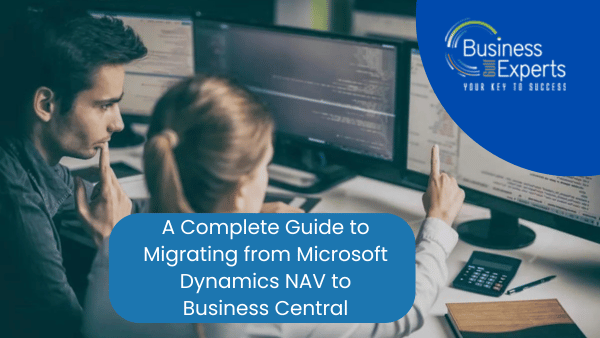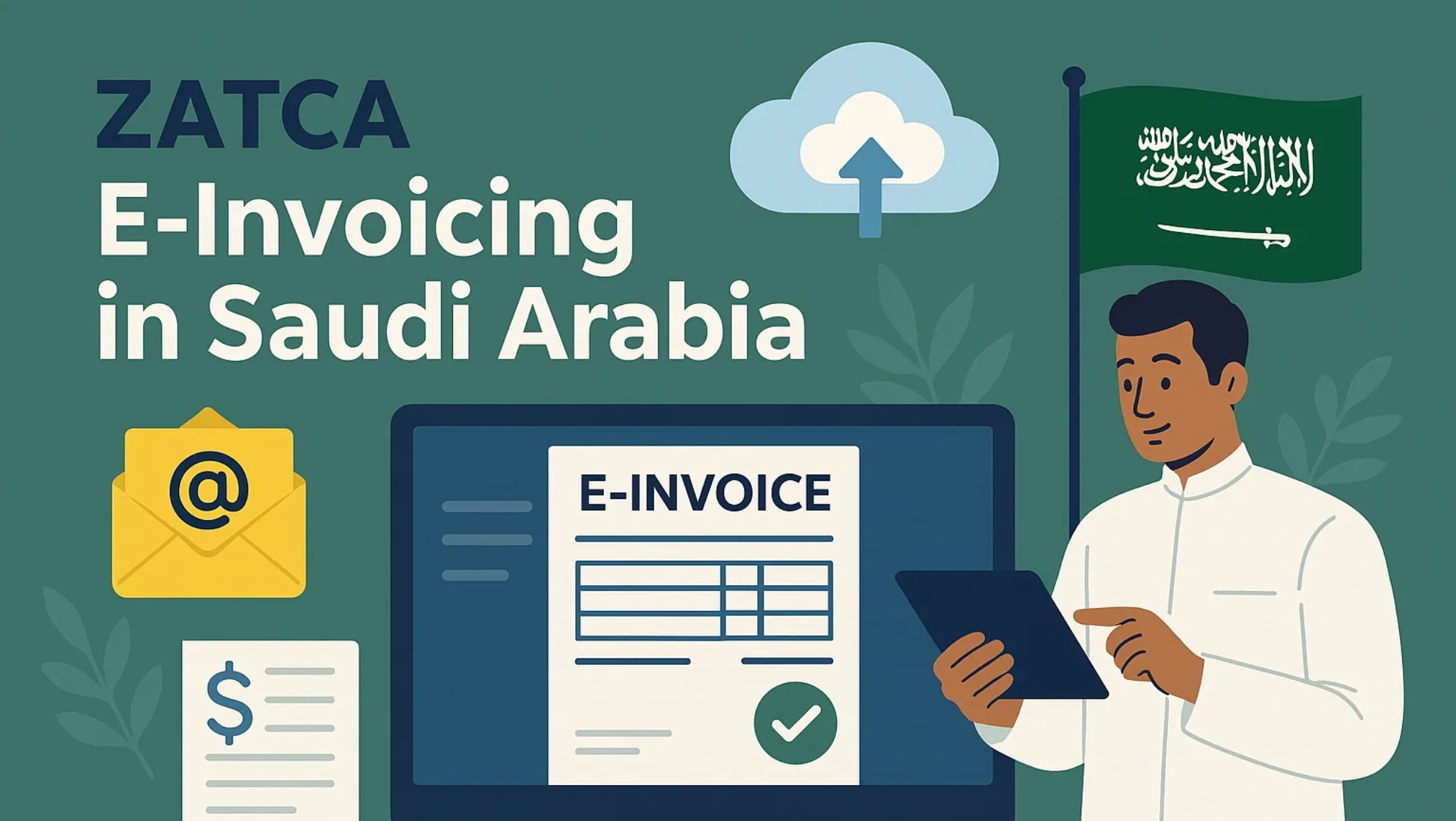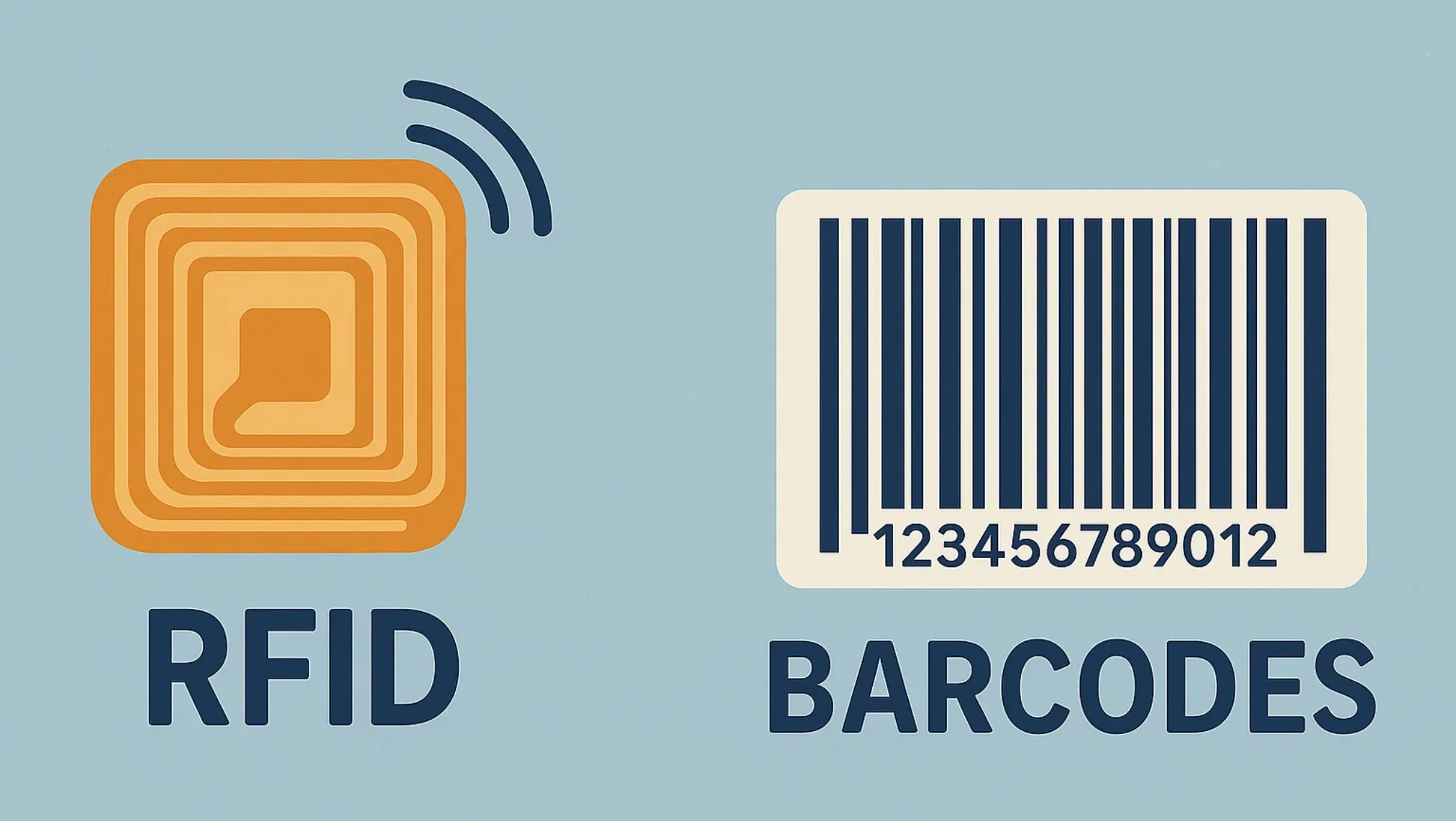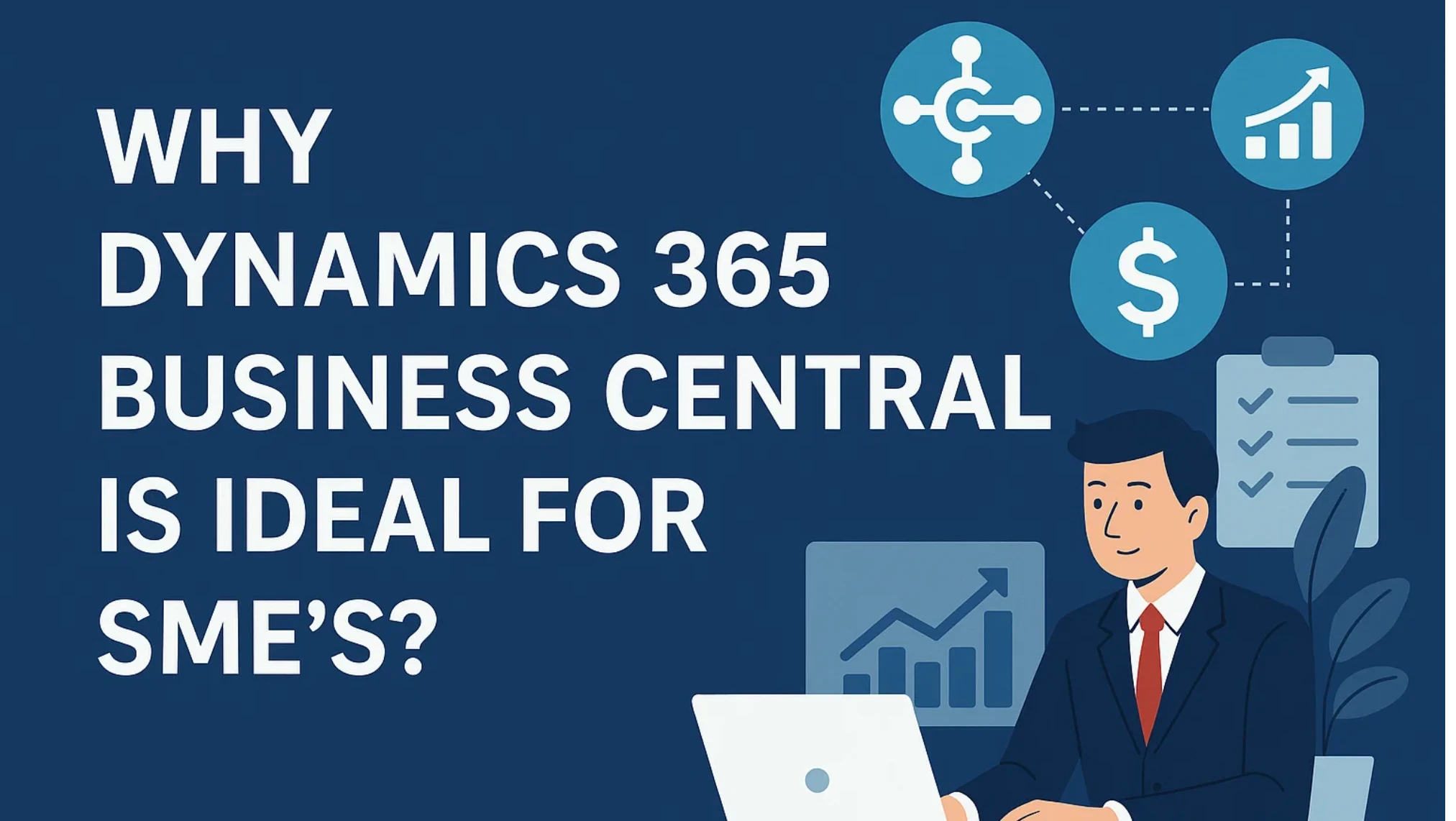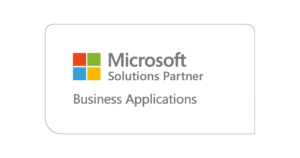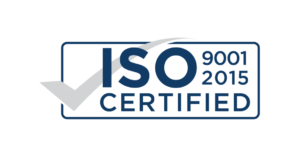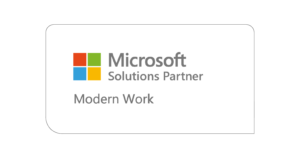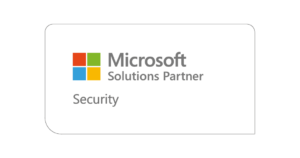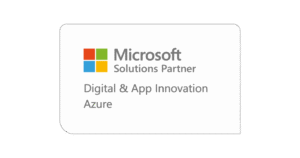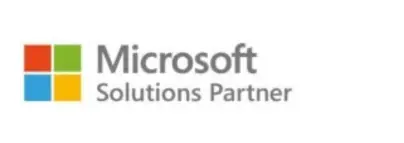Organizations using Microsoft Dynamics NAV should migrate from Microsoft Dynamics NAV to Business Central. Business Experts Gulf can help your organization get this done safely and quickly through seamless Dynamics NAV migration; all you need to do is join us.
What is Microsoft Dynamics 365 Business Central?
Microsoft Business Central is a great option for small and medium-sized companies looking to automate and streamline their business activities. With this approach, you can confidently and easily run your firm. Also, you may customize Business Central to fit your specific demands. It’s feature-rich and flexible. Your business can manage sales, projects, services, manufacturing, finances, and more with the aid of Business Central.
In addition, businesses have the option to tailor Business Central to meet their specific needs. Take Business Central as an example; it may help you streamline your company’s supply chain, among other things. In addition, companies operating in niche markets can modify certain of Business Central’s features to better suit their needs. Plus, Business Central is easy to set up and takes very little time to install. Additionally, businesses are able to propel digital innovation in product engineering, usability, and implementation because of Business Central’s simplicity.
According to their lifecycle policy, Microsoft will support every version of the NAV solution for 10 years. Within that ten-year period, five of those years are devoted to delivering maintenance support, and the other five to offering extended care. The product receives security updates, non-security updates, and new features as part of its maintenance support. However, security updates are the only ones a product receives once it enters the extended-support period.
Microsoft Dynamics NAV will no longer receive maintenance support as of January 10, 2023. After that, this version of Microsoft Dynamics NAV will be moved into extended support and will only be updated for security purposes. After that point, there will be zero updates for any NAV version. As an added note, extended support for Dynamics NAV 2013 R2 and Dynamics NAV 2013 will soon come to a close.
If you’re currently using Dynamics NAV, why switch to Business Central?
One-Stop Data Warehouse
Your customer’s business, regardless of its number of remote sites, may be thoroughly analyzed after migrate NAV to Business Central. You may make data-driven decisions more easily and quickly with this platform. There are a number of reporting tools included with this business solution that highlight AI, Power BI, and predictive analytics. You can see your company, the economy, your competitors, and your customers—as well as their expectations and actions—from every angle with Business Central.
Enhanced Protection
The security features offered by Microsoft Navision Business Central are superior to those of Dynamics NAV. When compared to most on-premises ERP packages, Business Central’s array of security features is head and shoulders above the competition. As an on-premises system, Dynamics NAV is considered a legacy. Moving to the cloud with a service like Business Central helps your company take real action to protect its data.
Enhanced Economic Viability
Customer cost minimization is impossible with an on-premises ERP solution like Dynamics NAV. However, switching to Dynamics 365 can significantly reduce operational costs associated with equipment deployment, administration, manpower, warehouse space, etc. A company’s total cost of ownership (TCO) can drop significantly if it moves to the cloud. Storage management, disaster recovery, software updates, restorations, and other administrative expenditures may be easily decreased with some cloud solutions like Business Central.
Efficient Use of IT Assets
CIOs should reevaluate the use cases. That is the only way for them to get the most out of their investments in technology. When chief information officers make the most of technology, they’ll be better able to spot new opportunities and develop more quickly. If you decide to put your money into a cloud-based system for managing your company, you will enhance results, similar to Business Central. Some of the better results include more rapid digital innovation, a better customer experience, new revenue streams, reimagined company models, and reinvestment in cost savings. When it comes to running your company, Dynamics 365 Business Central is an excellent time saver. And with that extra time in the bank, you can focus on getting to know your consumers and meeting their demands perfectly.
Unhindered Availability
Finally, by migrating your ERP system to Dynamics 365 Business Central, you may have access to your company data from any device, at any time, and from any location. You may access your company’s procedures from any device with the aid of Business Central’s many features. Also, you won’t have to waste time digging through mountains of data in a separate database because you can access all of your data from any device. Businesses that are serious about embracing a hybrid work culture and forming worldwide alliances must also migrate their ERP settings to the cloud.
What are the necessary steps for a successful migration?
Initial Phase:
Before anything else, you need to do data migration from NAV to Business Central. The most recent version of Business Central can be directly upgraded in two simple steps for businesses using NAV versions 2018–2017, 2016, or 2015. The NAV to Business Central migration process ensures a seamless transition for these versions.
- Start by updating the application codes of your ERP system.
- Revise the databases.
- Before you can upgrade to NAV 2018, you’ll need NAV 2013 R2 or NAV 2013. After the upgrade cycle is over, you’ll need to upgrade both the data and the application code in order to move to Business Central. On the other hand, you’ll need to upgrade to NAV 2013 R2 or NAV 2013 if you’re using NAV 4.0 or 5.0. Then, to upgrade from NAV 2013 or NAV 2013 R2 to NAV 2018, just follow the steps we outlined earlier. After that, switch from NAV 2018 to Business Central by updating the application codes and datasets.
Second Phase:
Ensure that all of your customizations are transferred to the pre-tenant extensions and apps.
Third Phase:
Finally, to move to Business Central, employ a powerful cloud migration application.
How Long Does the Migration Typically Take?
The transition from your current enterprise resource planning (ERP) system to Business Central requires more than just a monetary outlay. In reality, though, migrating involves an investment of time in and of itself. That is why the potential downtime during the conversion is a major issue for firms migrating from older ERP systems, such as Dynamics NAV. You must emphasize one point before we go on to the subject of the overall migration: Time migration is never one-size-fits-all.
The size of your company, the expertise of your in-house technical staff, the reliability of your technology partner, and the age of your existing ERP system are all variables that affect how long the conversion process takes. To ensure a smooth transition, it is important to set up a clear line of communication with any technology partners your company may have. Why? Simply put, if everyone is on the same page about the objectives and targets, the relocation process will go much more smoothly.
On Your Path to Migratory Freedom, How May We Assist You?
Helping companies make the switch from Dynamics NAV to Business Central is something Business Experts Gulf has done extensively and expertly as a Microsoft Gold Partner. Through seamless Navision to Business Central migration, we ensure a smooth transition tailored to your business needs. When moving to MS Dynamics Business Central, we employ a configuration-first approach. This allows us to clearly demonstrate how this ERP system can enhance your operations.
We will take care of your enterprise data, regardless of whether it is stored in an on-premises database or an older one that is hosted in the cloud. When it comes to migrating data from an older ERP system to a newer one, we’ve got you covered. So that your Business Central system may be up and running quickly, we even devise strategies to ensure that every transition phase encounters no problems. When assisting companies in making the switch from Dynamics NAV to Business Central, we adhere to certain procedures.
- Examine your old NAV system thoroughly.
- Make sure your old ERP data sets are ready to import by testing them thoroughly.
- Launch the Migration
- Provide your staff with basic Business Central training.
- Offer continuous assistance to ensure your Business Central configuration is optimized.
Conclusion
Business Expert Gulf is here to help your company migrate from Microsoft Dynamics NAV to Business Central. Business Central is designed to be flexible, user-friendly, and productive. Our Microsoft specialists will assist your team in using these capabilities to their full potential. To begin mapping out your ERP migration, contact our experts right away.

